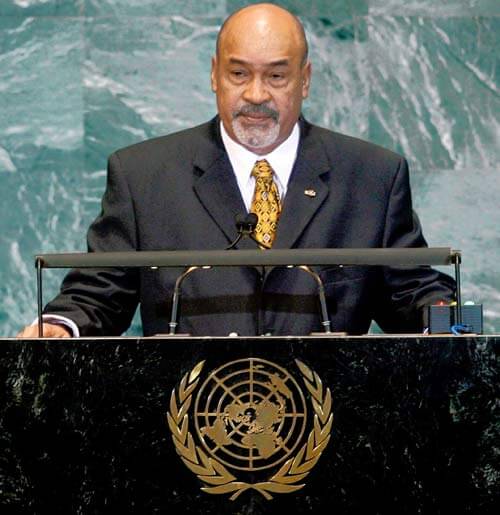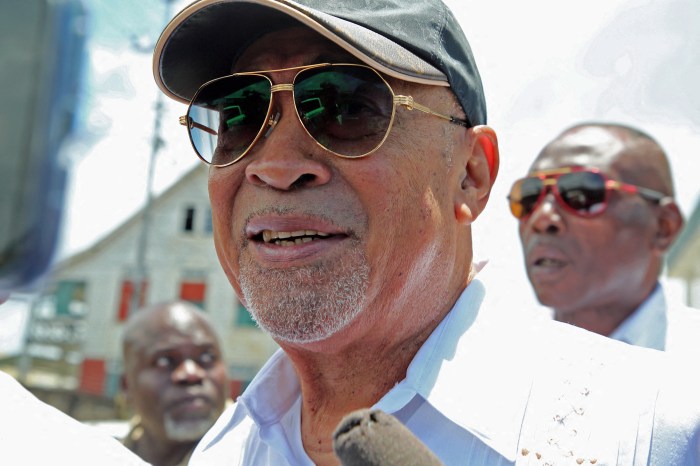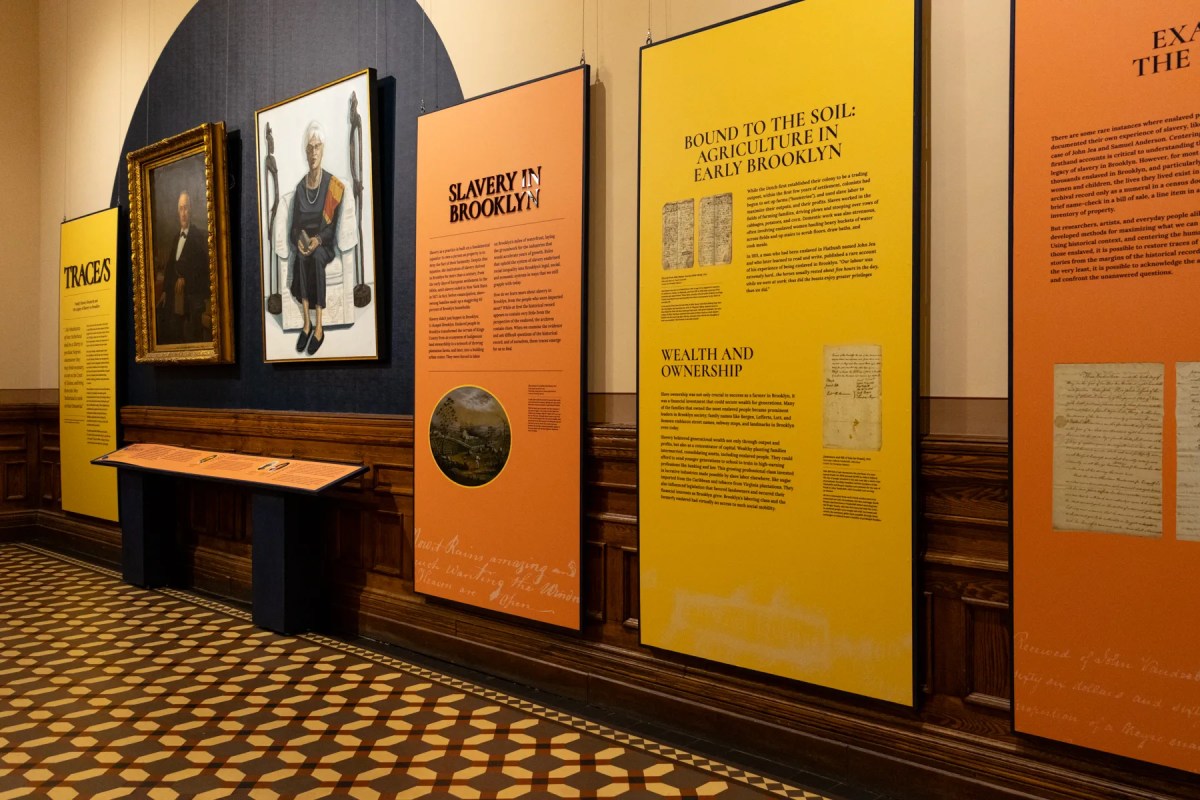A Dutch national testifying in the ongoing, two-year-old mass murder trial of President Desi Bouterse of Suriname, last week detailed plans by the Dutch, French and other Western nations to invade the Caribbean trade bloc nation, chase the military from government and kill top leaders including Bouterse, during the seven years of military rule, starting with the February 1980 coup against the elected Henck Aaron administration.
Peter van Harperen who openly admitted Friday that he spied for the Dutch, French and Americans while posing as a journalist working in Suriname in the ‘80s, told the court that the West had plotted to get rid of Bouterse and his crew from government in a 1982 Christmas Eve coup; but the military got wind of it and took preemptive action, wiping out some of those who were siding with the West to retake the country from the military.
Bouterse and more than 20 civilian and retired military officers are on trial for the December 1982 executions of 15 government opponents including four journalists, labor leaders, clergymen and academics.
The executions at Fort Zeelandia, right next to the Presidential Secretariat, Cabinet Office and Presidential Palace, came almost three years after Bouterse and a group of young soldiers had deposed the elected government at the end of a series of bitter verbal confrontations that included allegations of official corruption and the refusal of authorities to allow the military to be represented by a labor union.
Van Haperen said that the plans were well underway but failed because too many people were in the know and word leaked back to defense headquarters.
“Surinamese are too loose-lipped,” he told the court, identifying the lack of secrecy for the execution of the 15.
That group would have had top positions in the government had the coup succeeded, but they never lived to enjoy such privileges because they were brutally taken out by soldiers.
A group of about 80 hired soldiers supported by a 13-man advance team that would sneak into the Dutch-speaking republic of 485,000 people from neighboring French Guiana posing as a visiting sports team.
Van Harperen also said that had the initial plan failed, the invaders would have switched to plan B and parachute onto the airfield of the Zorg en Hoop Municipal Airport in the city and take action immediately.
Among those to have faced the assassins bullets would have been: then military strongman Bouterse, Errol Alibux — who would in the ‘90s later serve as natural resources minister in a government dominated by Bouterse’s party, Iwan Krolis who had headed the Forestry Sector around the same time, and Harvey Naarendorp who ended up serving his country as an ambassador in the Caribbean.
Van Harperen made no secret that the Dutch, French and American secret services were behind the planned coup, suggesting that an American C-130 Hercules aircraft would have been used to fly in the main group of invaders.
Bouterse has not appeared in court for the trial, leaving his defense to his lawyers. Word is that no one has placed him at the scene of the massacre so far.

























